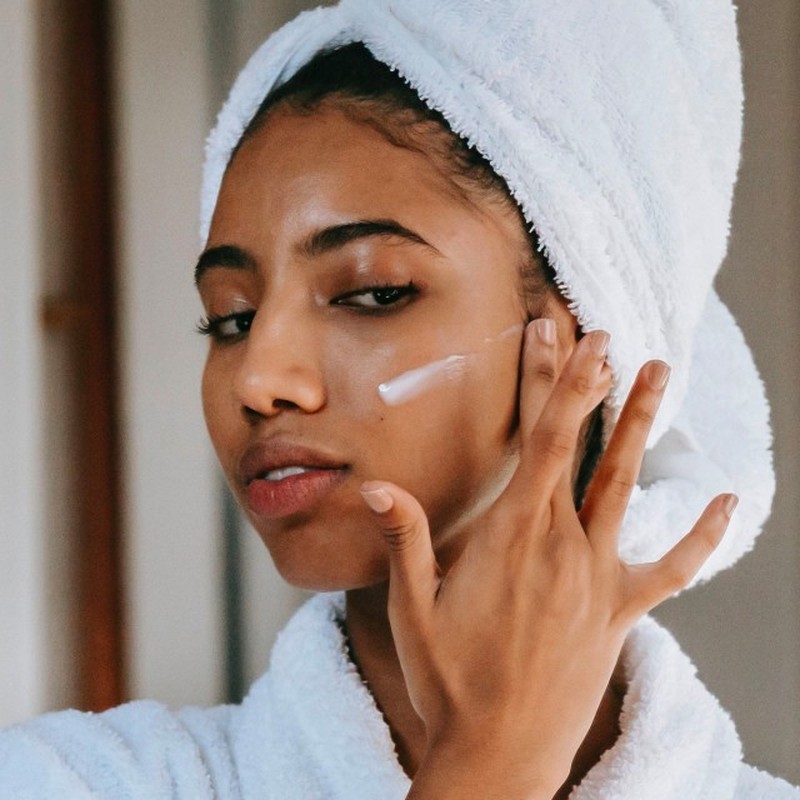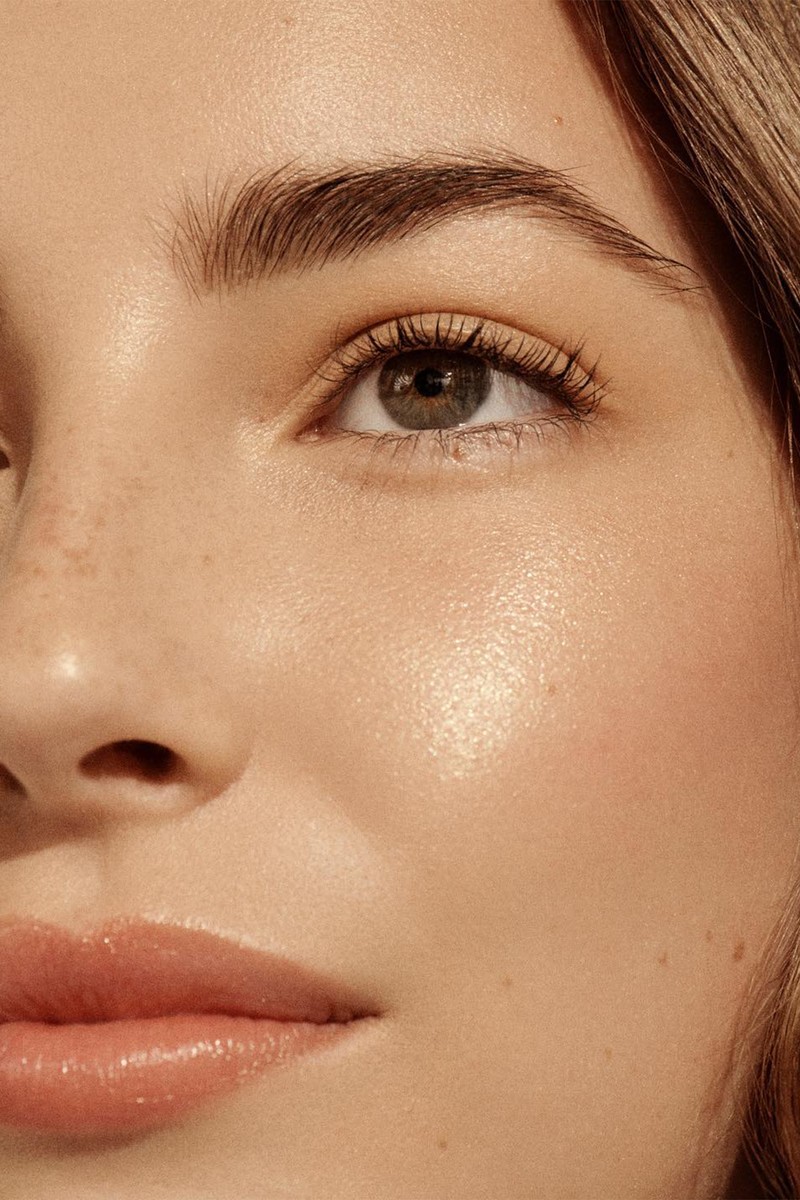Your Top Primer Questions, Answered
Are Primers Essential Or Can You Get Away Without Using One?
“In my opinion, all skin types need to be primed and prepped before make-up. Not only does it enhance the appearance of your make-up, it also improves its longevity. Depending on your skin type, just like skincare, you need to use the right primer. Whether you want to manage excess oil, tackle dullness or mask redness, just make sure you’re using the right formula. Likewise, it’s important that it works with your foundation formula. There are both water and silicone-based primers out there. Water-based primers tend to be more lightweight and offer more hydration whereas silicone formulas are more mattifying, and I wouldn’t recommend using a water-based primer with a silicone-based foundation – this will cause skin peeling and lots of slip. Make sure everything works in synergy.” – Alexandra
Can Any Primers Actually Completely Correct Redness & Uneven Texture?
“A base primer can help with both texture and redness – in fact, it’s a crucial step if you suffer with either of these issues. A smoothing primer can help if you find your foundation drags or catches on the skin, or even if it wears off patchy throughout the day. A primer’s job is to provide a silky-smooth base for your foundation to adhere to. I always like to apply both a smoothing primer and the foundation with a flat foundation brush using long strokes. This helps keep everything in place. I also recommend looking for a primer with colour-correcting pigments to take down those red patches – Clinique’s Redness Solutions Primer is ideal for this, as is Erborian’s CC Red Correct. For general skin-smoothing, I recommend Beauty Pie’s Wonderfilter Velvet Primer, Paula’s Choice Smoothing Primer Serum and applying either with Clinique’s Flat Tapered Foundation Brush. I love the Sigma Beauty F60 Foundation Brush as well.” – Jessica
Speaking Of Eye Primers, How Should You Apply Them & Which Work For Sensitivities?
“The skin around the eye is so delicate and sensitive, and it also tends to be quite dry. That’s why it’s best to apply your daily eye cream before primer. Afterwards, with a flat brush or your finger, apply a thin layer of primer to the area then gently tap to blend it out. Let it dry for a few minutes, letting it set before following up with shadow or liner. Try lightly dusting some translucent powder over the primer before using your powder eyeshadows, it just makes blending a more seamless task. My favourite formula for sensitive eyes is the M·A·C Pro Longwear Paint Pot in ‘Painterly’. It is brilliant for counteracting discolouration.” – Alexandra Reader
What’s The Best Primer For Diffusing The Appearance Of Enlarged Pores?
“I have two I swear by. First, the Hourglass Vanish Airbrush Primer has a silky, velvety texture and conceals redness like no other. It also minimises the look of large pores and blurs fine lines. It’s just like an Instagram filter and it’s also oil free, which will improve the longevity of your make-up. I also love the NARS Pore & Shine Control Primer. It gives the skin a soft-focus finish and, again, keeps shine and oil at bay.” – Alexandra
Is There A Correct Way To Apply Primer?
“Always apply primer to a well-moisturised face, otherwise it can cause the product to go patchy. Your skin should be properly exfoliated to stop it from shedding underneath your primer as well. Use a microfibre cloth or flannel when you wash your face as this will pull away any dead skin cells. Personally, I prefer to use my fingers to apply a primer. It helps the formula melt into the skin for a seamless finish before you apply any foundation. The only time you should use a brush is to work with a smoothing primer – it just helps lay it into the skin in an even layer. Once you’ve applied primer, let it sit for a minute or two, then buff your foundation in over the top.” – Jessica
Can A Primer Minimise Improve The Look Of Dry, Flaky Skin?
“Absolutely. In this instance, a hydrating primer is your friend. They’re full of nourishing ingredients and are designed to deliver continuous hydration all day long. One of my favourites is Bobbi Brown’s Vitamin Enriched Face Base. It instantly quenches thirsty skin and pumps it full of moisture while providing a silky-smooth canvas for anything that follows.” – Alexandra
Smashbox’s Primers Are No Longer Available – Is There Anything Similar Worth Trying?
“Try either the NYX Studio Perfect Primer, Urban Decay’s All Nighter Primer or the YSL Touche Éclat Blur. The Hourglass Veil Mineral Primer is also a classic.” – Jessica
If You’re After Instant Glow, Do Any Primers Stand Out?
“Glow-giving primers can take your skin prep one step further as they add radiance back into your skin, without the need for highlighter on top. I love Laura Mercier’s Pure Canvas Illuminating Primer. It contains light-reflecting pearls that instantly transform dull skin – it literally is a glow-up for your face. The Rodial Beauty Glass Primer isn’t to be missed either. It contains skin-loving squalane and glowing micro-spheres to smooth out imperfections.” – Alexandra
Should You Use A Different Primer On Your Eyes To The One You Use On Your Face?
“While it might seem like primers can be used anywhere, I would use a different one on your eyes. The main reason is that eyeshadows and foundations are very different formulas. A facial primer is specifically designed to work with foundation – you may even find that with eyeshadow, it will encourage it to slip or crease, which is why it’s worth investing in a separate product. You can’t beat the NARS Eyeshadow Primer – it’s a staple in my kit.” – Jessica Kell
Finally, Can You Wear A Primer Under A BB Or CC Cream?
“I prefer to use a primer with a foundation, but you can prime the skin before using a BB or CC cream. My advice is to use a formula that’s lightweight and designed to ‘moisturise’ your skin, like Bobbi Brown’s Face Base or Victoria Beckham’s Augustinus Bader Cell Rejuvenating Primer. These are much sheerer in texture and so work better with lightweight BB and CC creams.”
Follow @JessicaKMakeUp & @AlexReaderMakeUp for more tips, advice & inspiration.
SHOP OUR PRIMER EDIT
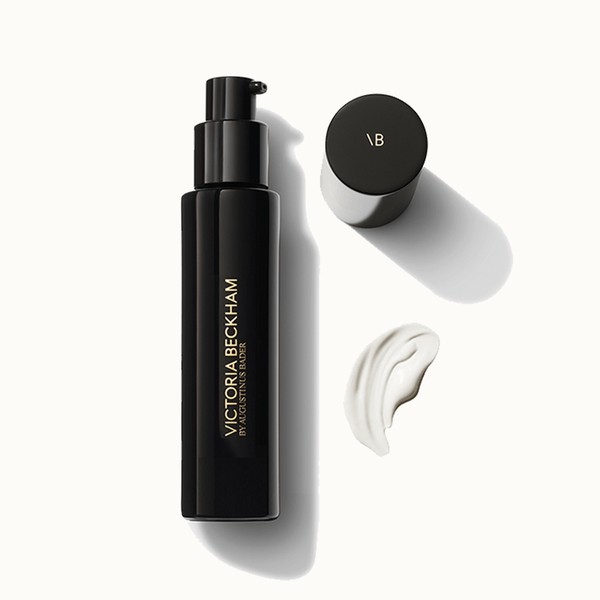
Victoria Beckham Beauty,
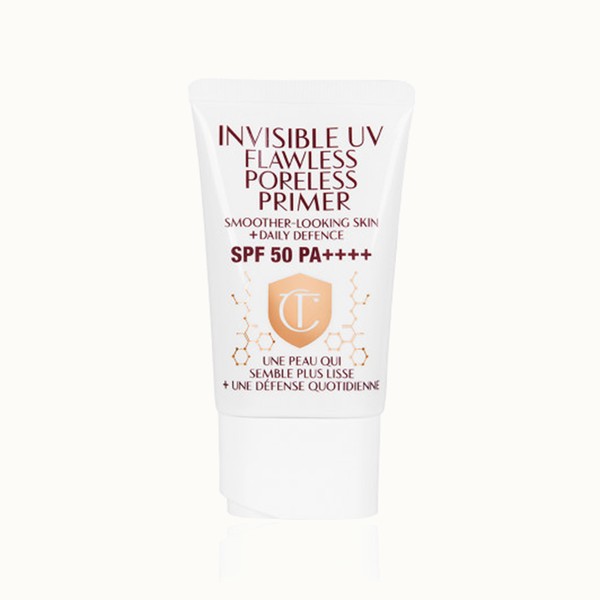
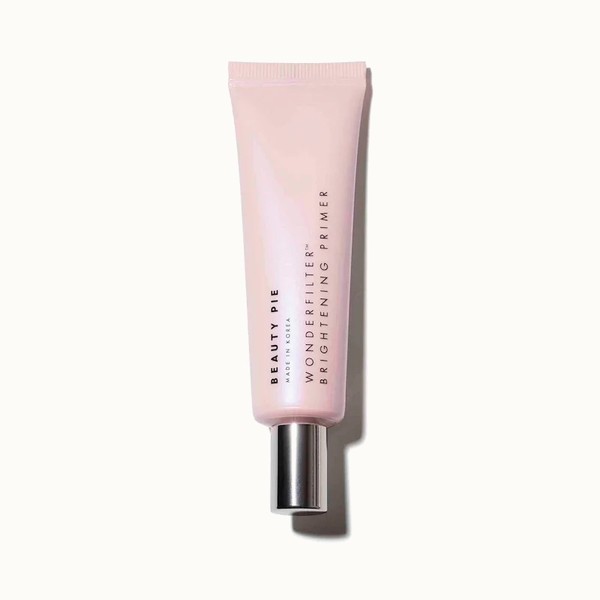
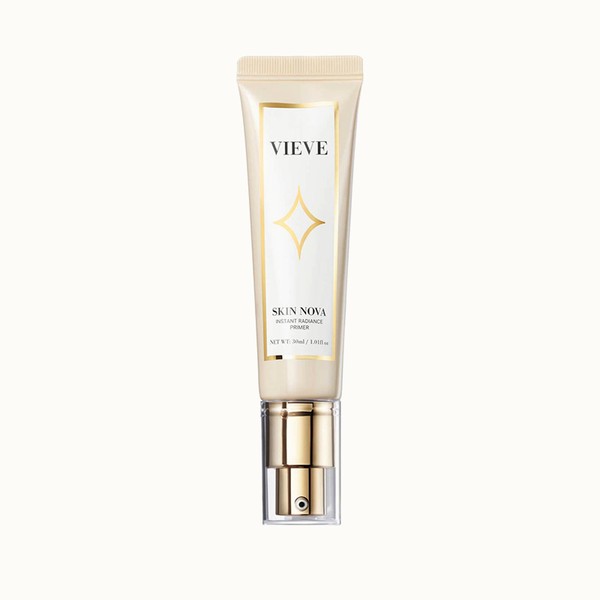
DISCLAIMER: We endeavour to always credit the correct original source of every image we use. If you think a credit may be incorrect, please contact us at info@sheerluxe.com.
